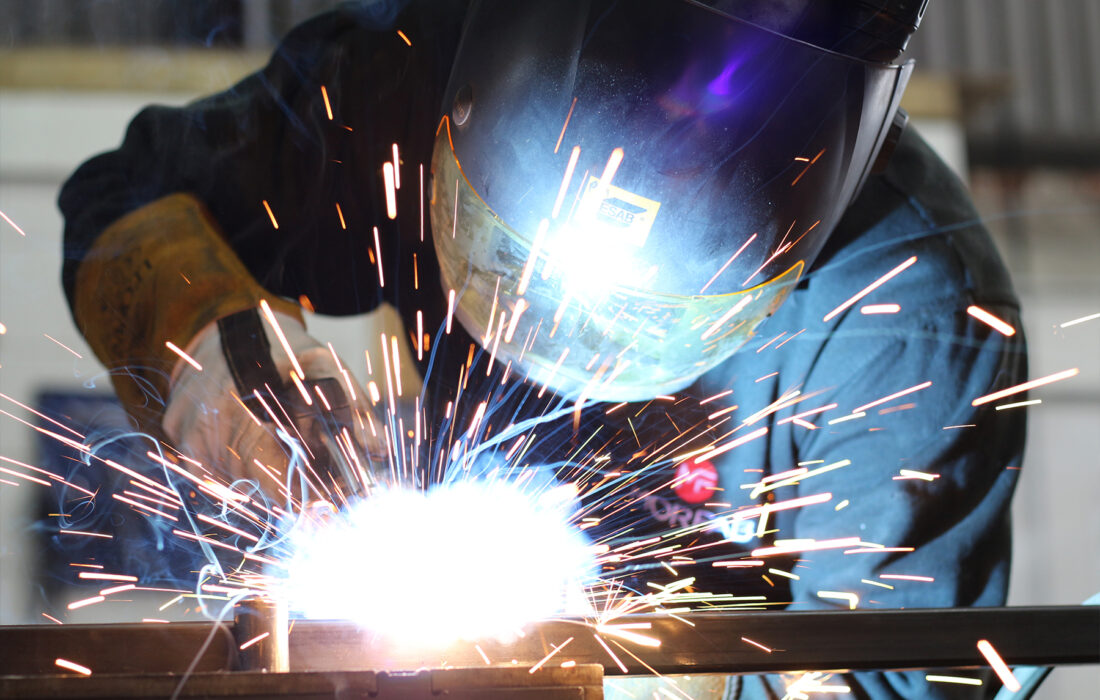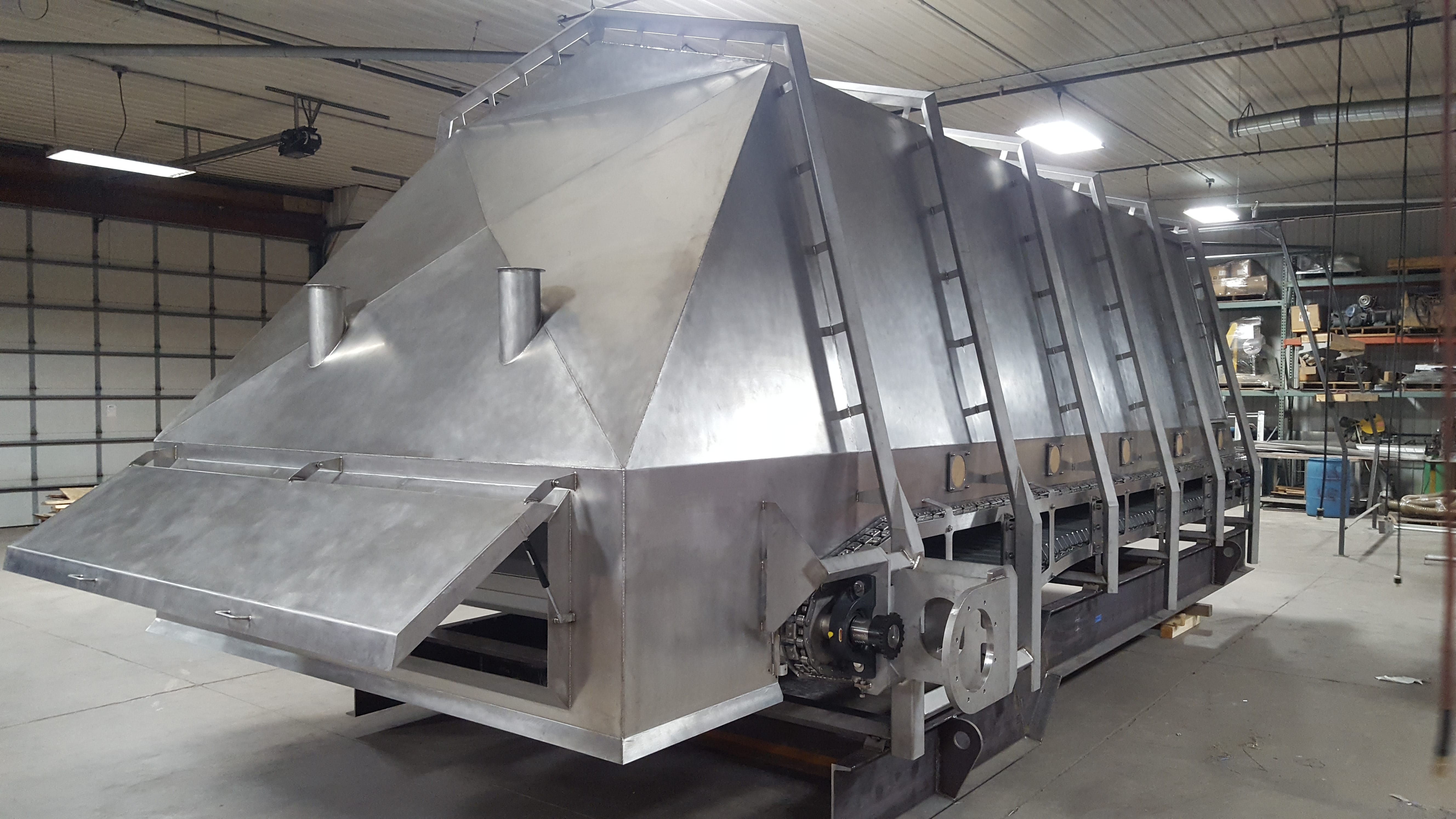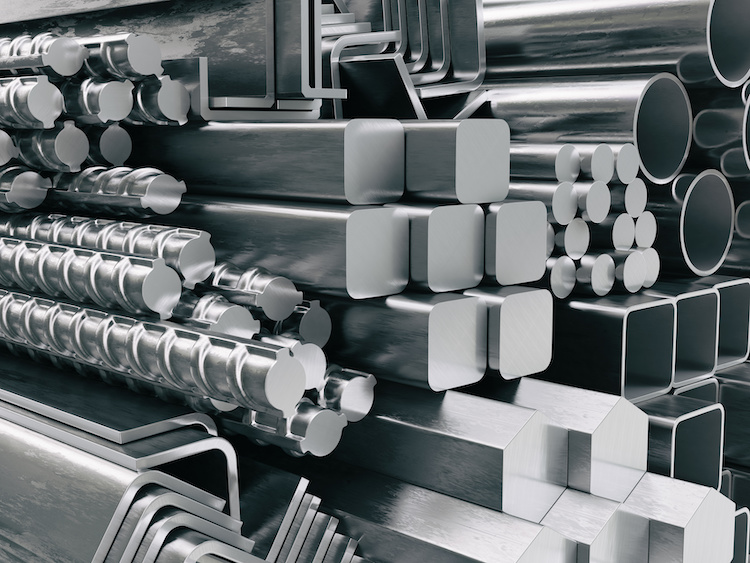Comprehensive Steel Fixing Solutions for Construction Projects
Comprehensive Steel Fixing Solutions for Construction Projects
Blog Article
Ingenious Trends in Steel Construction: Enhancing Longevity and Precision
In the realm of steel manufacture, the pursuit of durability and precision has actually led to a wave of innovative fads that are reshaping the sector. From advancements in welding innovations to the integration of robotic automation in construction processes, the landscape of steel production is developing swiftly. High-strength alloy growth, combined with the application of 3D modeling and simulation software, is pushing the limits of what is achievable in terms of architectural honesty and precision. Furthermore, the growing focus on lasting methods in steel production is not just driving efficiency however additionally fostering a more ecologically mindful method to fabrication. These fads are not simply forming the here and now but additionally preparing for the future of steel manufacture, promising more enhancements in resilience and precision.
Advanced Welding Technologies
In the world of steel manufacture, the fostering of innovative welding technologies has actually substantially transformed the market's approach to achieving exceptional quality and accuracy in architectural welds. Advanced welding innovations, such as laser beam welding and friction stir welding, have emerged as game-changers in the field. By leveraging these innovative welding methods, steel fabricators can elevate the resilience, strength, and accuracy of their architectural welds, fulfilling the increasingly requiring needs of modern building and construction jobs.
Robotic Automation in Fabrication
Welcoming robot automation has come to be a foundation of modern-day steel construction practices, enhancing and improving procedures efficiency throughout the sector. Robots are reinventing the method steel components are made, offering unequaled accuracy and rate while lowering human error. These automated systems can manage recurring jobs with consistent accuracy, bring about greater quality end items.
One secret advantage of robotic automation in steel fabrication is the capability to work all the time without tiredness, substantially boosting manufacturing outcome. This constant procedure reduces downtime and accelerates task timelines, ultimately saving expenses for suppliers. In addition, robots can be set to perform elaborate tasks that may be difficult or dangerous for human employees, improving safety in the work environment.
In addition, robot automation allows seamless integration with various other electronic innovations, such as computer-aided layout (CAD) software program and Net of Things (IoT) systems (Alpha reo). This interconnected strategy boosts communication between different phases of construction, enhancing operations and making certain real-time monitoring and control. As the steel fabrication sector remains to develop, robotic automation sticks out as a transformative force driving effectiveness and accuracy in producing procedures

High-Strength Alloy Growth
The advancement of high-strength alloy growth in steel construction is reshaping the market's approach to boosting material resilience and performance. High-strength alloys are crafted to exhibit superior mechanical homes, such as enhanced tensile stamina, durability, and rust resistance compared to conventional steel qualities. By including these innovative alloys into construction procedures, view it makers can produce parts that stand up to greater tension levels and extreme environments, causing even more resilient and reliable final product.
One secret benefit of high-strength alloy growth is the ability to lower product thickness without endangering architectural honesty. This not just results in lighter-weight elements but additionally adds to set you back financial savings and boosted performance in fabrication and assembly procedures. Furthermore, the boosted strength-to-weight ratio of these alloys permits the layout and construction of frameworks with higher load-bearing capacities while minimizing total weight.
3D Modeling and Simulation Software Application
Developments in steel manufacture processes have been substantially thrust by the assimilation of cutting-edge 3D modeling and simulation software program tools. These tools permit makers to produce thorough digital versions of their jobs, enabling them to envision the last item with precision before any manual labor starts. By replicating various tension factors, ecological conditions, and architectural lots, makers can maximize designs for improved toughness and performance. Furthermore, 3D modeling and simulation software improve the manufacturing procedure by identifying potential concerns at an early stage, minimizing the requirement for expensive rework and lessening product waste.

Sustainable Practices in Steel Manufacturing
Including sustainable techniques right into steel production processes is crucial for reducing environmental influence additional resources and making sure long-lasting resource schedule. One essential sustainable technique is the fostering of energy-efficient innovations to minimize greenhouse gas exhausts during the steel production process. This includes using renewable resource resources, such as solar or wind power, to power steel plants and carrying out energy-efficient devices to enhance energy usage.
Another essential element of sustainable steel production is the responsible sourcing of raw materials. This includes ensuring that the iron ore and various other resources made use of in steelmaking are obtained from moral and eco-friendly resources. By promoting transparency in the supply chain and sticking to strict environmental standards, steel makers can minimize the adverse influences of resource removal on local environments and communities.

Conclusion
In conclusion, the ingenious fads in steel fabrication such as sophisticated welding innovations, robotic automation, high-strength alloy advancement, 3D modeling and simulation software, and lasting practices are boosting the longevity and precision of steel products. These advancements are transforming the steel manufacture sector by boosting sustainability, efficiency, and top quality. It is clear that the future of steel construction hinges on accepting these cutting-edge modern technologies to satisfy the demands of modern-day building and construction and production markets.
In the world of steel manufacture, the pursuit of toughness and precision has actually led to a wave of innovative patterns that are improving the market.In the world of steel construction, the adoption of sophisticated welding technologies has dramatically reinvented the sector's technique to accomplishing superior quality and precision in structural welds. As the steel fabrication market proceeds to progress, robotic automation stands out as a transformative pressure driving efficiency and accuracy in making procedures.
In addition, reusing and look what i found reusing steel scrap and waste products play a substantial function in boosting the sustainability of steel manufacturing. metal fabrication melbourne.In conclusion, the cutting-edge patterns in steel fabrication such as innovative welding technologies, robotic automation, high-strength alloy development, 3D modeling and simulation software application, and sustainable techniques are improving the longevity and precision of steel items
Report this page